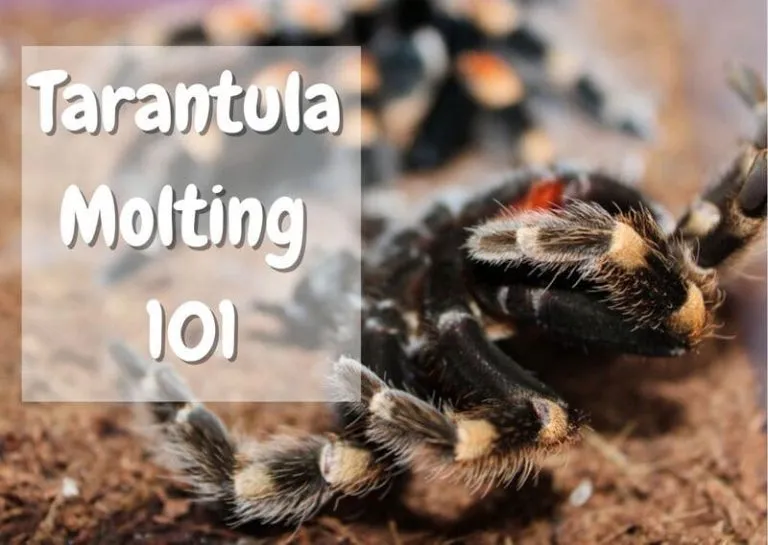What is Molting in Tarantulas
Molting is a crucial and natural process for tarantulas, much like shedding for snakes. It’s how these fascinating creatures grow. Because tarantulas have an exoskeleton, a hard outer shell, they cannot simply expand as they get bigger. Instead, they must shed their old exoskeleton and reveal a new, larger one underneath. This process not only allows them to grow but also replaces damaged or worn-out parts, such as setae (tiny hairs) and even missing limbs. Understanding the molting process is essential for any tarantula owner, as it helps in providing the right care and ensuring the well-being of your pet. The frequency of molting depends on the tarantula’s age, species, and environmental conditions.
The Molting Process in Tarantulas
The molting process in tarantulas is a complex and fascinating event. It begins internally with the formation of a new, soft exoskeleton beneath the old one. The tarantula then prepares for the molt by absorbing fluids from its old exoskeleton, which helps it detach. When the time is right, the tarantula will position itself, often on its back, and the old exoskeleton splits open. The tarantula then slowly wriggles out of its old shell, a process that can take anywhere from a few minutes to several hours. During this time, the tarantula is incredibly vulnerable, as its new exoskeleton is soft and delicate. After the molt, the tarantula needs time to harden its new exoskeleton. During this period, they are extremely vulnerable and require a safe and undisturbed environment.
Pre-Molting Signs
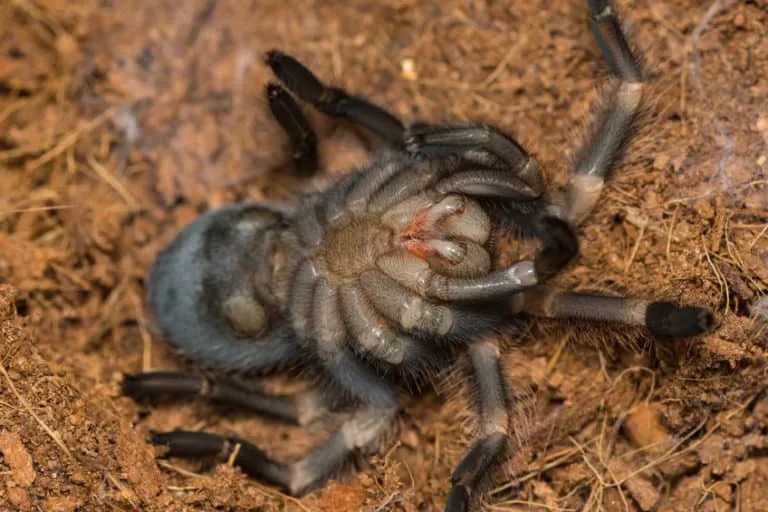
Recognizing the signs of an impending molt is crucial for providing the best care for your tarantula. Being aware of these signs allows you to adjust the environment and minimize disturbances during this vulnerable time. Pre-molting behaviors can vary between individual tarantulas, but there are several common indicators that you can watch out for. These signs are a clear indication that your tarantula is preparing for a significant change. Observing these signs can help you anticipate and prepare for the molting process, ensuring your pet’s safety and well-being.
Lethargy and Loss of Appetite
One of the first signs that your tarantula may be preparing to molt is a decrease or complete loss of appetite. The tarantula will often refuse food for several weeks or even months before molting. They may also become less active and spend more time in their hide or burrow. This lethargy is due to the energy the tarantula is conserving for the demanding process of molting. If your tarantula suddenly stops eating and becomes less active, it’s a good idea to check for other pre-molting signs. Refusal of food, coupled with other changes, strongly suggests an upcoming molt. This behavior is a normal part of the process and should not be a cause for immediate concern unless there are other indications of illness.
Changes in Appearance
In addition to behavioral changes, there are often visual signs that indicate a tarantula is about to molt. The abdomen of the tarantula may appear darker, and the skin may look stretched and shiny. You might also notice a change in the color of the tarantula’s fangs, which can appear more opaque. The tarantula may also develop a bald patch on its abdomen, known as a pre-molt bald spot, as the setae are shed in preparation for the molt. These changes are all indications that the tarantula is preparing to shed its old exoskeleton. Observing these subtle changes can help you predict when your tarantula will molt, allowing you to create a safe and undisturbed environment.
Preparing for the Molt
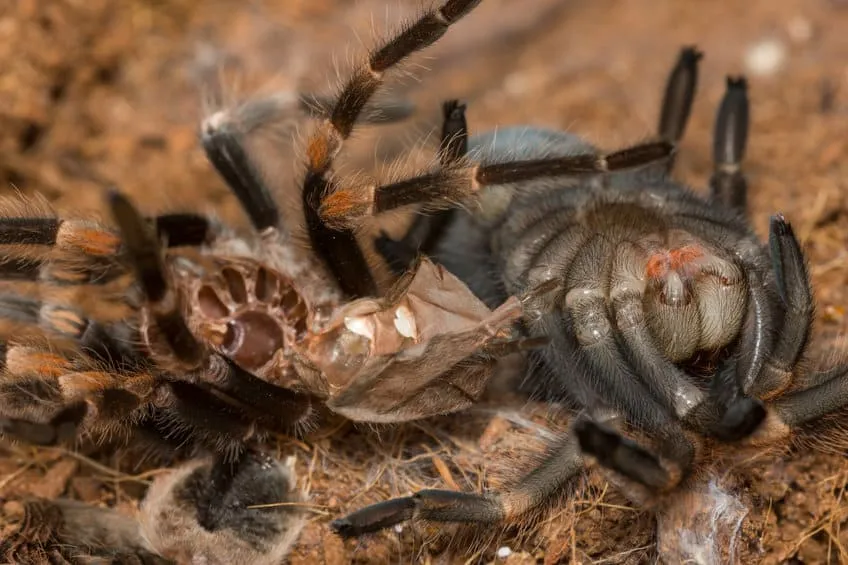
Once you recognize the signs of an impending molt, it’s important to create a safe and suitable environment for your tarantula. This involves making some adjustments to the enclosure to minimize any potential risks. Preparing the enclosure properly can significantly improve your tarantula’s chances of a successful molt. Avoid any unnecessary disturbances and ensure that the tarantula has a secure place to molt. The main aim is to provide a stress-free environment where your tarantula can safely shed its exoskeleton.
Creating a Safe Environment
A safe environment is essential for a successful molt. Remove any potential hazards from the enclosure, such as sharp objects or heavy decorations that could injure the tarantula during the process. Ensure that the enclosure is free from drafts and vibrations. Avoid handling or disturbing the tarantula during this time. It’s best to leave the tarantula undisturbed until its new exoskeleton has fully hardened. A quiet and stable environment will help reduce stress and increase the chances of a successful molt. Providing a sense of security is key to helping your tarantula through this vulnerable time.
Maintaining Humidity
Maintaining the correct humidity levels is also important during the molting process. The humidity helps the old exoskeleton split and allows the tarantula to extract itself more easily. Ensure that the substrate in the enclosure is appropriately moist. You can achieve this by misting the enclosure with water or adding a water dish. However, be careful not to oversaturate the enclosure, which could lead to mold growth. Regularly monitoring the humidity levels and making necessary adjustments can help ensure a smooth molt. The ideal humidity level depends on the species of tarantula, so research your tarantula’s specific needs.
The Molting Duration
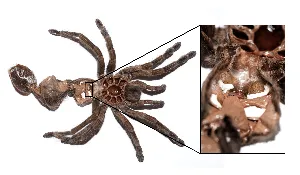
The duration of the molting process varies depending on several factors, including the age, species, and overall health of the tarantula. Molting can be a relatively quick process, taking only a few hours, or it can extend over several days. The actual shedding of the exoskeleton is often the shortest part, but the preparation and recovery periods can vary considerably. As a tarantula owner, it’s essential to understand that patience is key during the molting process. Avoid disturbing your tarantula and allow it the time it needs to complete the molt without interference. The duration of molting can also give you some insight into your tarantula’s overall health and well-being.
Factors Affecting Molting Time
Several factors influence the duration of the molting process. Understanding these factors can help you better predict when your tarantula will molt and what to expect. From the tarantula’s species to its age and the environmental conditions, these variables all play a significant role in determining how long the molting process takes. By considering these factors, you can gain a deeper understanding of your tarantula’s needs and provide the best possible care.
Species of Tarantula
Different species of tarantulas have different molting patterns. Some species molt more frequently than others, and the duration of the molt can also vary. For example, fast-growing species may molt more often than slower-growing ones. Researching your tarantula’s specific species will give you an idea of its typical molting frequency and the expected duration of the process. Knowing the typical molting behavior of your tarantula’s species can help you prepare and avoid unnecessary worry during the molting process. Information on specific species is readily available through online resources, such as arachnid care guides and forums.
Age of the Tarantula
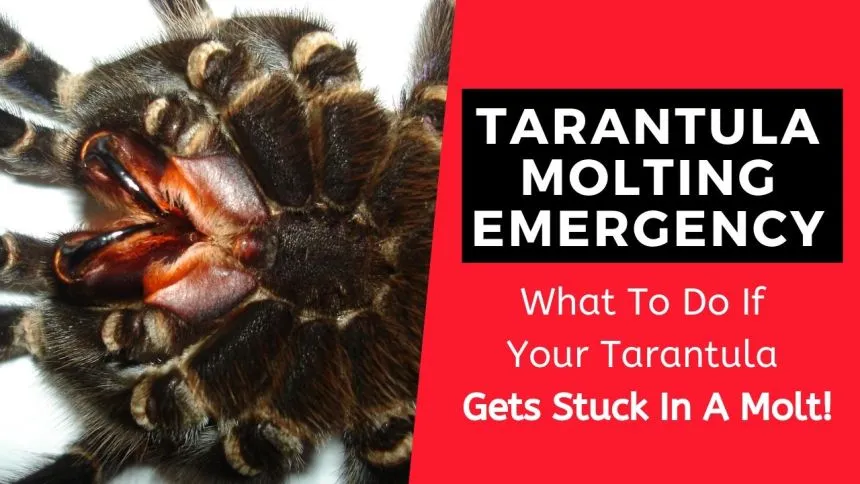
A tarantula’s age is a critical factor in determining how often it molts. Younger tarantulas, which are still growing rapidly, molt more frequently than older, mature tarantulas. Spiderlings may molt every few months, while adult tarantulas may molt only once a year or even less. As a tarantula ages, the molting process becomes less frequent and the duration of the molt may increase. Understanding the molting frequency associated with your tarantula’s age will help you manage expectations and ensure you are providing the appropriate care.
Environmental Conditions
Environmental conditions, such as temperature and humidity, also play a significant role in the molting process. Maintaining the correct temperature and humidity levels is crucial for a successful molt. If the environment is too dry, the tarantula may have difficulty shedding its old exoskeleton. Similarly, extreme temperatures can stress the tarantula and potentially disrupt the molting process. Ensuring that your tarantula’s enclosure provides an optimal environment will facilitate the molting process and promote the tarantula’s health and well-being. Monitoring the temperature and humidity regularly and making necessary adjustments is a key part of providing excellent care.
Post-Molting Care
After a successful molt, your tarantula will be in a vulnerable state, requiring special care. The new exoskeleton will be soft and needs time to harden. It’s important to avoid any disturbances and provide a stress-free environment during this period. Proper post-molting care will ensure that your tarantula recovers fully and continues to thrive. Allowing the tarantula to recover fully is critical for its overall health and longevity. Be patient, and allow the tarantula to acclimate to its new exoskeleton before reintroducing food or handling.
Providing Food and Water
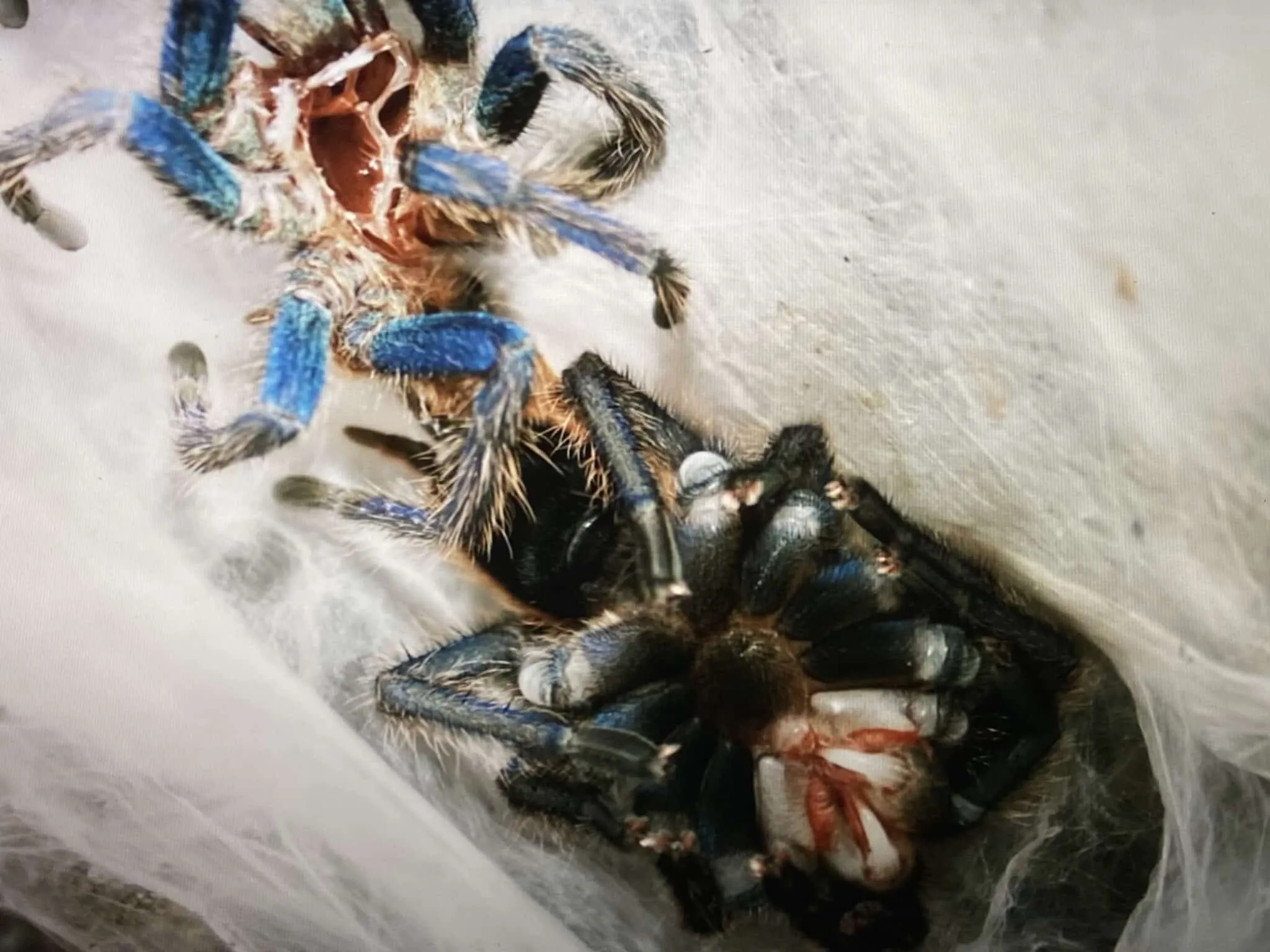
After molting, wait at least a week or two before offering food. The time needed depends on the size and species of your tarantula. The fangs will need time to harden. Avoid feeding your tarantula too soon, as it may not be able to consume the food and could injure itself. Once you offer food, start with smaller portions and gradually increase the size. Ensure that fresh water is always available. After the molt, your tarantula will need to rehydrate. Regularly checking the water dish and ensuring it is clean and full will help with recovery.
Avoiding Handling
It’s essential to avoid handling your tarantula immediately after it molts. The new exoskeleton is soft and delicate, and handling can cause serious injury. Wait until the exoskeleton has fully hardened before handling your tarantula. You can usually tell by the color of the fangs and body. The tarantula will also be more active and display normal behaviors. During the post-molt phase, observing your tarantula from a distance and avoiding any potential stress is the best approach. This will ensure the tarantula fully recovers and minimizes any risk of harm.
What to Do If Your Tarantula Fails to Molt
Although the molting process is a natural event, there can be complications. In rare cases, a tarantula may have difficulty molting, which can be a serious issue. A failed molt can be caused by various factors, including environmental issues or underlying health problems. If you notice that your tarantula is struggling to molt, it’s important to take immediate action. Recognizing the signs of a failed molt and understanding how to respond can be crucial in saving your pet. Seek expert advice or consult a veterinarian specializing in exotic animals.
Molting is a fundamental aspect of tarantula care, providing an insight into their growth and health. Understanding the process, including the signs, duration, and required care, will ensure your tarantula thrives. By providing a suitable environment and responding appropriately to any issues, you can help your tarantula live a long and healthy life.
